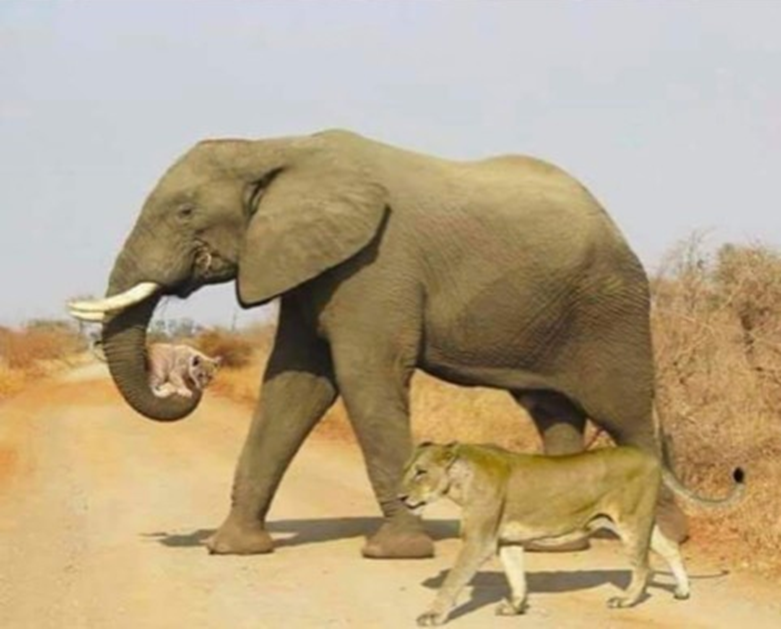The Western world, primarily composed of followers of the Catholic, Protestant,
or Jewish faiths, is gradually witnessing the decline of these beliefs in favor
of other denominations. The main catalyst for the decline of the influence of
the Catholic Church was the Second Vatican Council, which took place from 1962
to 1965. Supposed to bring modernization to the church, this initiative
nevertheless led to a sudden break in religious practice. This change has led
to a completely different perception of worship, now less considered an
indispensable social and moral duty. Most believers do not completely abandon
their faith but set aside the practices taught for decades, and part of their
convictions is brutally shattered. Recently, the church has been shaken by
sexual conflicts, and numerous dubious practices within its institutions have
come to light. Which only poisoned an already very precarious situation.
What stands out to me now is that the three predominant religions - Judaism, Catholicism, and Islam - coexisted in Palestine, yet they are now the source of enduring conflict. Every faith possesses a distinct location in Jerusalem. The Temple Mount, also known as Mount Moriah, holds religious significance for the Jewish people. According to the Bible, Solomon's temple contained the Tablets of the Law and the Ark of the Covenant. The Holy Sepulchre is venerated by Christians as it contains the tomb of Jesus Christ, where he is thought to have been interred following his crucifixion. The Temple Mount, situated in the same location as the Al-Aqsa Mosque, is the third most sacred site for Muslims, following Mecca and Medina. This is the location where the prophet Muhammad is believed to have ascended on a winged horse to encounter Allah. Would it not be fitting to compare these three faiths and coexist in a state of universal tranquility? Historically, numerous religions have instigated protracted and violent conflicts; why not pursue a spiritual existence that honors humanity and nature and ensures tranquility?
The Buddhist monks are engaged in tranquil meditation, immersed in prayer and
intense contemplation on the nature of their existence. This practice is
frequently regarded as a philosophy, a religion, and a lifestyle
simultaneously. Philosophy provides profound contemplation on the essence of
existence, suffering, and the journey toward awakening or enlightenment. The
Buddha imparted teachings like the Four Noble Truths and the Noble Eightfold
Path, which serve as frameworks for ethical living and deep comprehension of
reality. It qualifies as a religion due to its fulfillment of conventional
religious functions, including rites and ceremonies. It encompasses ideas
regarding reincarnation, karma, and spiritual entities like the Buddha and
the bodhisattvas. Ultimately, it constitutes a way of life because of its
pronounced focus on daily practice and personal growth. Meditation, compassion,
ethics, and wisdom are elements incorporated into the daily routines of
practitioners. Buddhism, as a lifestyle, can serve as a source of happiness,
well-being, and joy. This faith originated in India between the 6th and 5th
centuries BCE and has persisted through the millennia to the present day. In
nations where Buddhism has established itself, it coexists harmoniously with
other faiths: Confucianism (Southeast Asia), Taoism (China), Shinto (Japan),
and Bön (Tibet). Buddhism remains fundamentally a philosophical, mythical, and
ritualistic framework. It does not depend on supernatural revelation, a creator
deity, or sacred texts, which enhances its durability over time.
.JPEG)


.JPG)






